| أسماء أخرى | شفرات التثقيب، قاطعة الدرجات المثقبة |
|---|---|
| بلد المنشأ | الصين |
| تطبيق | البلاستيك، الورق، اللوح، غير المنسوج، الفيلم، رقائق معدنية، الملصقات، الشريط، النسيج، التغليف، السجاد، الحقائب، النوى، المطاط، اللفائف |
| مادة | 65Mn،9CrSi،Cr12MoV،SKD-11،HSSl |
| رقم الموديل | السيرة الذاتية-PK |
| خدمة OEM | متاح |
| شروط الدفع | خطاب الاعتماد، تي/تي، ويسترن يونيون |
| التعبئة | صندوق كرتون, صناديق خشبية |
| وقت التسليم | 7-20 يوم |
شارك على:
شفرة التثقيب، المعروفة أيضًا باسم شفرة التثقيب أو الشفرة المثقبة أو منشار الثقوب في بعض السياقات، هي أداة قطع متخصصة مصممة لإنشاء سلسلة من الثقوب أو الثقوب الصغيرة في المادة، تاركةً وراءها أجزاءً غير مقطوعة. هذا يسمح بسهولة تمزيق المادة أو فصلها على طول الخط المثقوب. يشير مصطلح "التثقيب" بحد ذاته إلى عمل خط من الثقوب أو الشقوق في شيء ما بحيث يمكن كسره بسهولة. في التطبيقات الصناعية، تُعد شفرات التثقيب أساسيةً في التحكم في نقاط الضعف في المواد لأغراض متنوعة، من التغليف إلى المنتجات الورقية.
تُستخدم شفرات التثقيب على نطاق واسع في مجموعة واسعة من الصناعات نظرًا لقدرتها على إنشاء خطوط سهلة التمزيق. من بين التطبيقات الشائعة:
اختيار المواد ل شفرة مثقبة يعتمد ذلك على المادة المقطوعة ومتطلبات التطبيق. تشمل المواد الشائعة ما يلي:
يضمن اختيار المادة المناسبة الحفاظ على حدة الشفرة المثقبة وأدائها الثابت طوال عمرها الافتراضي. كما يمكن استخدام طلاءات مثل الأكسيد الأسود لتحسين مقاومة التآكل والمساعدة في تحديد آثاره.
شفرات مثقبة تتوفر بأشكال وتكوينات متنوعة لتحقيق أنماط ثقب وحركات قطع مختلفة. من بين الأشكال الشائعة:
يعتمد مبدأ عمل شفرة التثقيب على تطبيق ضغط على المادة عند نقاط محددة أو على طول خط، مما يُحدث قطعًا أو سلسلة من القطع. تُحدد هندسة الشفرة، وخاصةً الأسنان وحافة القطع، طول الثقوب ومسافاتها. بالنسبة للشفرات الدوارة، يضمن الدوران المستمر تثقيبًا ثابتًا على طول مسار المادة. تُعد نسبة "القطع والربط" معيارًا حاسمًا، إذ تُحدد طول القطع والمادة المتبقية غير المقطوعة، مما يُحدد سهولة التمزيق ومتانة المادة المثقوبة قبل الفصل.
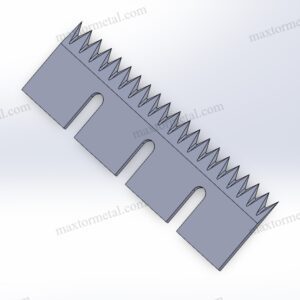
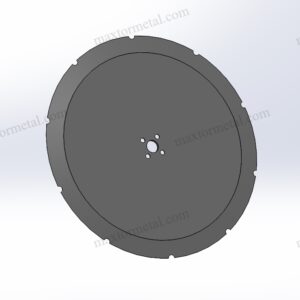
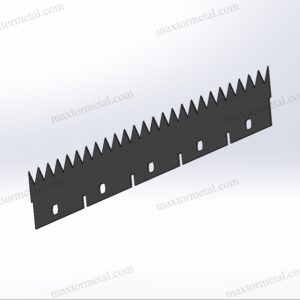
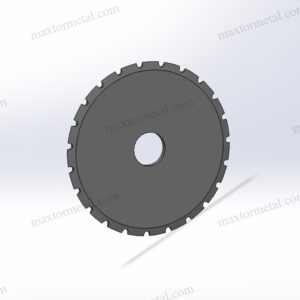

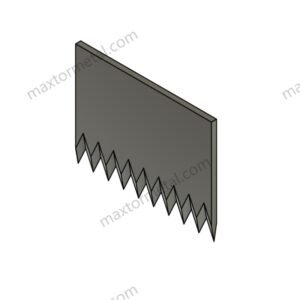


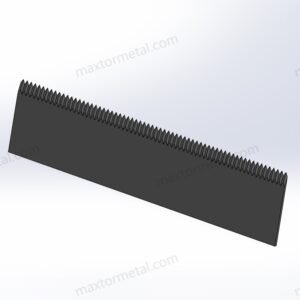
استمتع براحة الاستيراد السلس. من النقل إلى التخليص الجمركي، نحن نتعامل مع العملية بأكملها. كل ما عليك فعله هو دفع ضريبة القيمة المضافة وانتظار وصول بضائعك.
لقد رأينا شفراتنا تُستخدم في عدد لا يحصى من التطبيقات وهي جاهزة للتعامل مع أي مشروع تطرحه علينا - حيث توفر الدقة والمتانة والتسعير التنافسي الذي لا مثيل له.
سواء قدمت رسومات أو مسودات أو عينات، نحن قادرون على الرسم والتصنيع لك. لدينا أيضًا القدرة على المساعدة في تعديل التصميمات والمواصفات الحالية لتحسين أي تطبيق للأدوات الصناعية تقريبًا. يرجى الاتصال بفريق المبيعات المخصص لدينا لمناقشة متطلباتك المحددة.
يتم إجراء سلسلة من الاختبارات والفحوصات للتحكم في الجودة، بما في ذلك فحص العينة الأولى، فحص المواد الواردة والمواد المعتمدة، فحص الجودة أثناء العملية، وفحص الجودة النهائي.
سواء كنت مستوردًا أو موزعًا أو تاجر جملة أو مستخدمًا نهائيًا، نرحب بك للانضمام إلينا بحد أدنى للكمية المطلوبة (MOQ)، وبدون متاعب للاستفسار، ومزيد من الحرية في الشراء.
كن مراقبك الحصري، ونقل منتظم لكل نقطة مهمة في خط الإنتاج، بغض النظر عن المسافة، للسيطرة على تقدم المنتج قدر الإمكان.
Nanjing Metal Industrial CO., Limited
Mingjue Industrial Park, Lishui, Nanjing, Jiangsu, China
ابقَ على اطلاع بآخر أخبارنا.